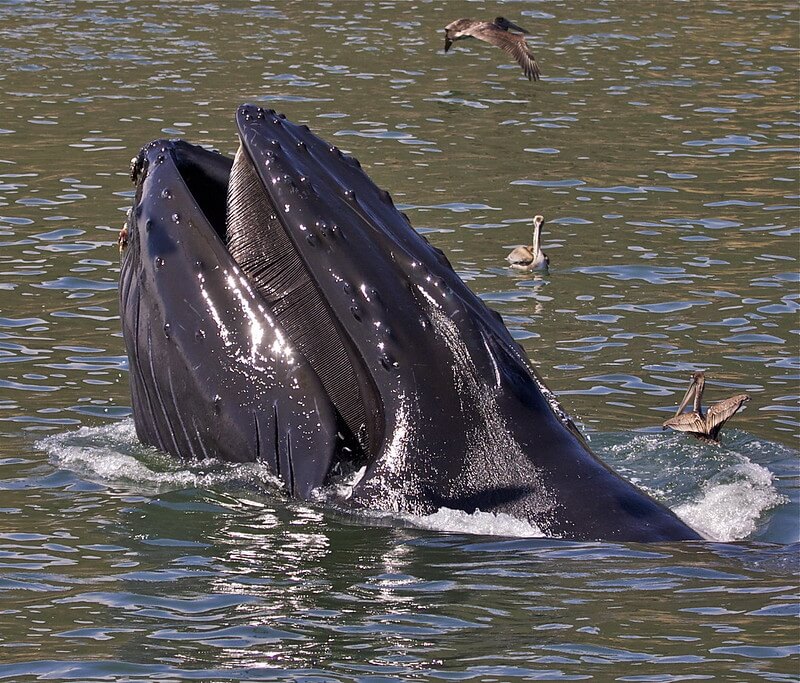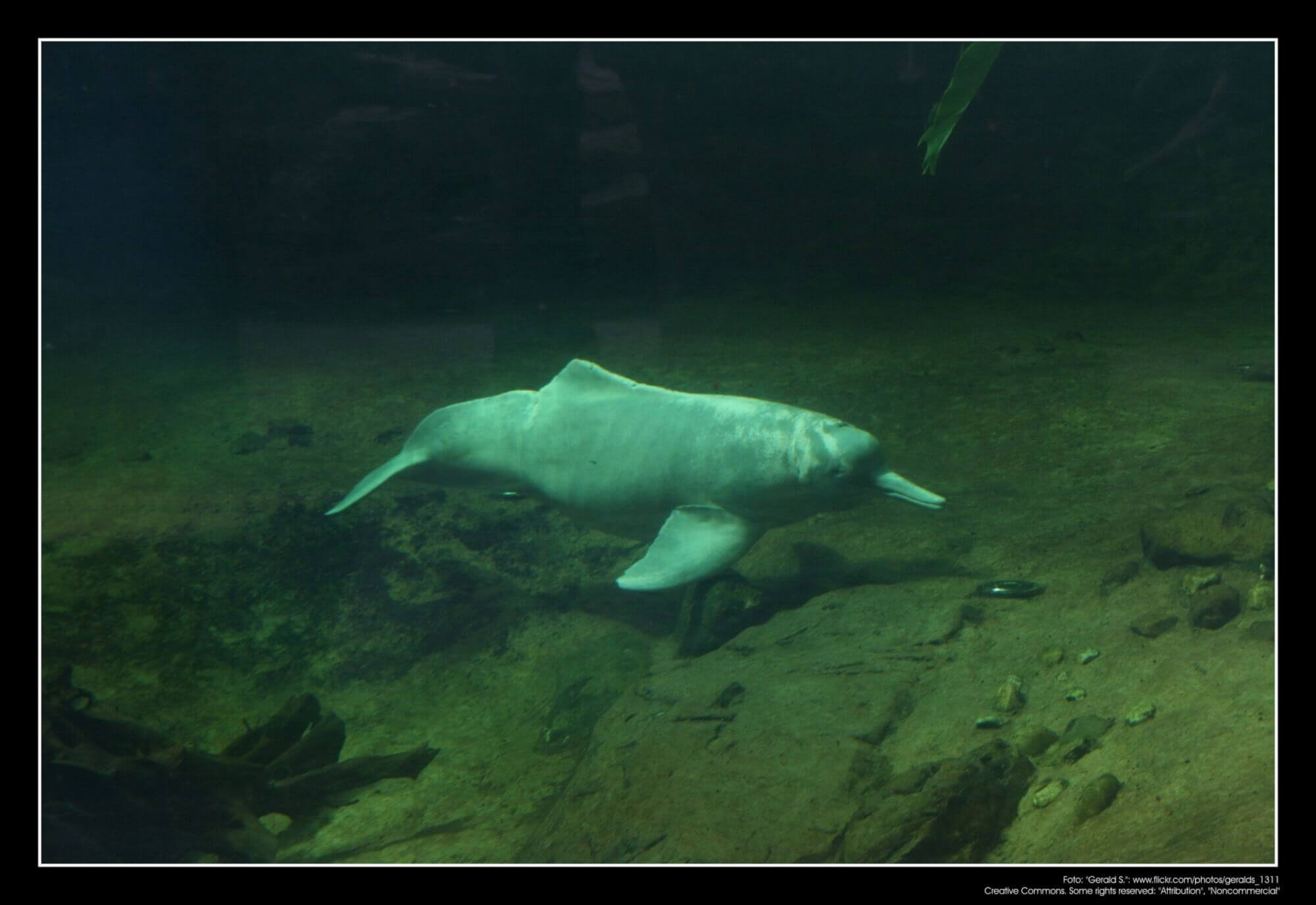All mammals have hair. At first glance, this characteristic seems completely incompatible with the image we have of whales, animals that are nevertheless marine mammals. Indeed, have you ever seen a hairy minke whale? Does the narwhal share other traits with the unicorn besides its horn? Do dolphins grow beards? The Whales Online team could not bear to let these questions go unanswered.
Virtues of hair
In terrestrial animals, fur has a very specific purpose: to protect against the cold thanks to an insulating layer of air that forms between the hairs of the animal’s coat. Several marine mammals, including fur seals, otters and seals, use this thermoregulation strategy. The only problem is that maintaining this layer of air requires significant maintenance. For example, otters devote almost 16% of their daily energy to grooming their coats, with the sole aim of maintaining their waterproofing and insulating properties.
In cetaceans, the “fur” option has not been retained by evolution. First of all, this grooming that seals perform is utterly impossible for whales. Indeed, in order to maintain a waterproof coat, it must be dry. However, whales never leave the water, so they’re always wet. They are also much larger; maintaining this entire area of hair would require a great deal of time and mobility. Additionally, fur creates resistance to movement through the water. Whales would therefore have to put in greater effort to swim, not to mention that their deep dives would make the insulating air layer of their coats ineffective. As the animals moved away from the surface, the air would compress and the thickness of the air layer would decrease, as would its insulating properties.
Cetaceans have therefore found another way to regulate their body temperature. They develop a thick layer of blubber that separates their internal organs from their skin. In this blubber layer are arteriovenous anastomoses (AVAs), or “bridges” connecting their arteries to their veins. These AVAs allow blood to circulate without passing through the skin’s capillaries when the skin is in contact with water that is too cold. By avoiding the capillaries, the blood returns to the organs without cooling them down too much. Conversely, when a whale exerts intense physical effort and begins to feel warm, the blood bypasses the “bridges” and returns to the capillaries to cool. They also have a heat exchange system that collects heat from their internal organs and uses it to warm the blood coming from the skin’s surface. This system is called the rete mirabile. Compared to fur, these techniques are much better suited to whales’ exclusively underwater lifestyle.
The hairiest whale
In mammals, hair is not limited to just their fur. For example, a cat’s whiskers, called vibrissae, are long keratin extensions (hairs) whose roots are connected to several nerves. They thus become sensory tools that pick up surrounding vibrations and transfer them to the brain through the nerves. In birds, vibrissae take the form of feathers, while in mammals, they take the form of whiskers. The thick hairs inside a human’s nostrils are also vibrissae.
Baleen whales are no exception and have vibrissae on the chin, muzzle and jaw, a little like a patchy beard. The humpback is the hairiest of all baleen whales: in the centre of each of the small masses on its head grows a single sensory hair. Scientists do not yet know what exactly these vibrissae are used for, but some theories claim that whales use their hairs to evaluate the density of plankton in their environment. Thus, when prey density is insufficient, they avoid wasting energy opening their mouths, engulfing water and ultimately filtering out a meagre amount of food.
In fact, the scientific term “mysticete” used to qualify the subgroup of baleen whales comes from the Greek word for “moustache”. Perhaps early observers mistook a whale’s baleen for its moustache? They would not have been completely wrong: Baleen are in fact made up of hairs pressed between two stiff plates, and these hairs are composed of keratin, just like our hair, our nails… and our moustaches! Baleen are about the same stiffness as a cleaning brush, and vary in length depending on the species. The bowhead whale is the record-holder in this category, with baleen measuring four metres long! If we consider only those cetaceans that visit the St. Lawrence, the North Atlantic right whale has the longest baleen, measuring around 2.70 metres. In all species, baleen are used to filter out food from the massive quantities of water that whales engulf.
Whiskers of the freshwater dolphin
Toothed whales on the other hand shed their hair before or shortly after birth. All that is left is the hair follicles, cavities in which the hair would normally take root. These dimple-like follicles are directly connected to several nerves and may therefore be able to pick up various sensory information, such as swimming speed, despite the absence of hair.
Only one species of toothed whale, the Amazon river dolphin, has retained its vibrissae on its muzzle (like a moustache!). These freshwater dolphins have to dig through the silt at the bottom of rivers for their food. It is in their best interest to have a sensory organ capable of detecting prey.
Thus, in the absence of hair, whales’ skin is directly exposed to the air and water. Scientists seem to believe that this very thin skin is fragile and sensitive to the touch, perhaps in part because it has no fur to protect it. Whales can even get sunburned!









